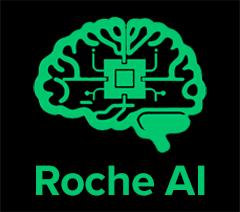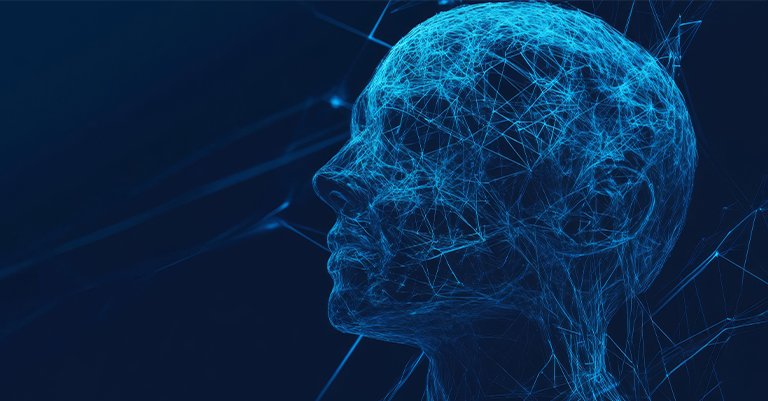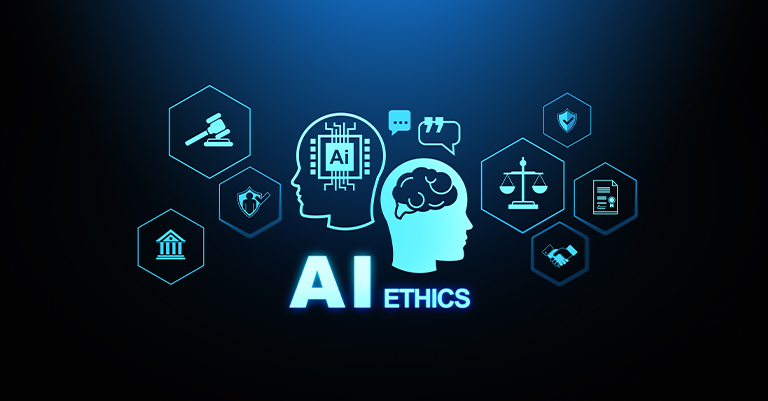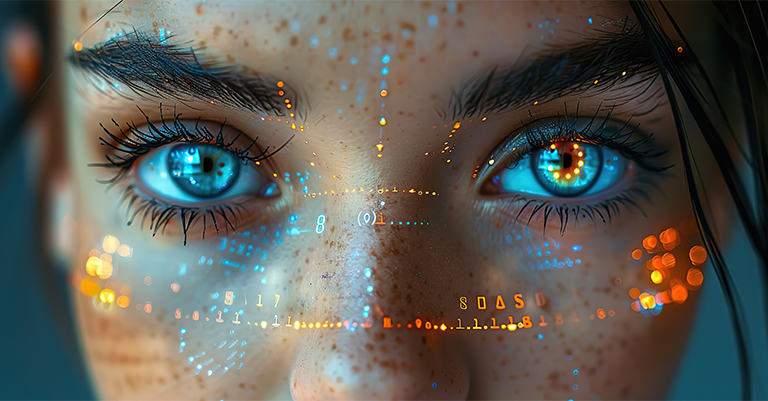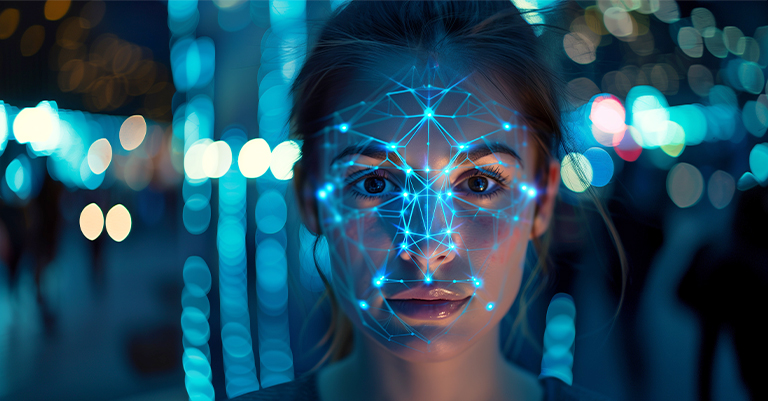Deep Neural Networks: Understanding the Basics Made Simple
Your phone can spot your face, translate words, and help you take better photos. It does this using deep neural networks and something called computer vision – which is like giving computers a pair of smart eyes that can understand what they’re looking at. Just as you learn to recognize things by seeing lots of examples, these networks learn by studying millions of pictures and videos.
Let’s say you want to learn a new game. You watch others play, try it yourself, and get better with practice. Deep neural networks work the same way! They start by learning basic skills (like telling the difference between light and dark areas in a photo), then move on to harder tasks (like spotting faces or reading road signs). In this guide, we’ll show you how these networks help with daily tasks. You’ll learn what they are, how they work, and why they matter to you.
What Are Deep Neural Networks?
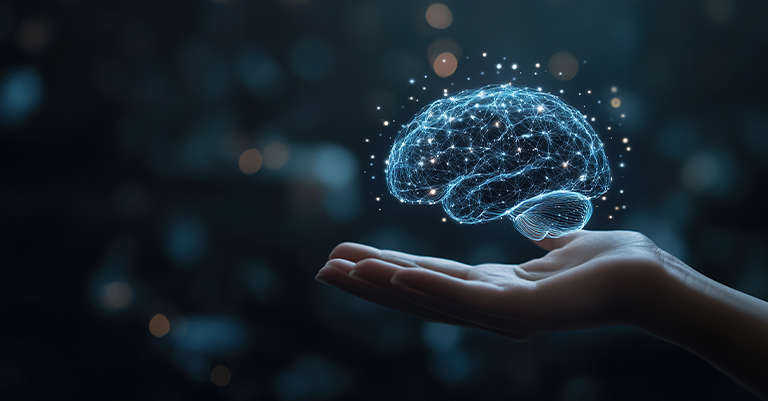
The Building Blocks
Think of a neural network as a giant office building where each worker (neuron) passes notes to others. Just like office workers share info to get work done, these digital neurons share data to solve problems. Each neuron is like a smart worker who knows when to pass along important info and when to hold back.
In this office, some workers look at incoming mail (input neurons). Others review and sort the info (hidden neurons). The final group makes choices based on all this work (output neurons). They all work together, just like your brain’s cells team up to help you make choices.
Like a well-run office needs both workers and good communication, neural networks need both neurons and strong connections. When one neuron sends info to another, it’s like sending an email that’s marked as urgent or not urgent. The network learns which messages need high priority.
A Simple Comparison
Picture a busy restaurant kitchen during dinner rush. This helps us understand how deep neural networks handle info:
The Prep Station (Input Layer)
- Prep chefs sort fresh ingredients (raw data)
- They clean and organize items (data preparation)
- Each ingredient goes to the right station (initial processing)
The Cooking Line (Hidden Layers)
- Line cooks combine ingredients in specific ways (pattern processing)
- They taste and adjust seasonings (refining the information)
- Multiple cooks work together on different parts (parallel processing)
- Each station adds its own touch (feature extraction)
The Pass Station (Output Layer)
- Head chef checks each dish (final verification)
- Makes last-minute adjustments (fine-tuning)
- Ensures everything meets standards (quality control)
- Sends finished plates to servers (final output)
Basic Structure
Neural networks organize their parts in a clear way, like a company’s org chart. Let’s break it down:
Input Layer (The Front Desk)
- Takes in raw data like a receptionist handling incoming calls
- Organizes information into a standard format
- Sends data to the right department
- Example: Turning a photo into numbers the network can understand
Hidden Layers (The Working Teams)
- Multiple levels working together like department teams
- Each level finds more complex patterns
- Early layers spot simple things (edges in photos)
- Deeper layers find complex features (faces in photos)
- Can be many layers deep, like many teams working together
Output Layer (The Executive Decision)
- Makes the final call based on all the teamwork
- Turns complex processing into simple answers
- Examples: “This photo shows a cat” or “This email is spam”
- Provides results we can understand and use
How Deep Neural Networks Learn
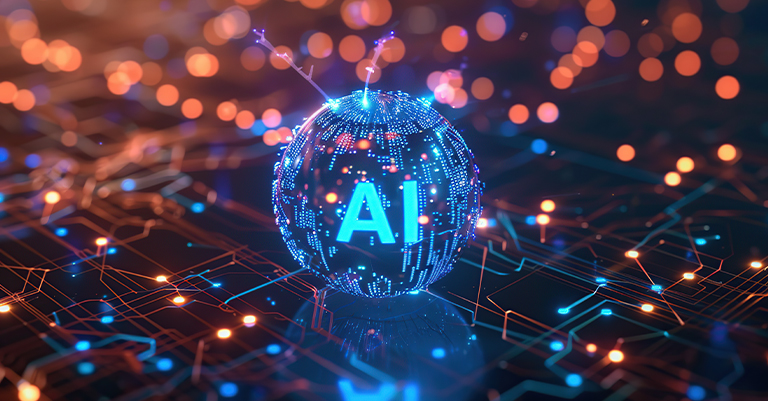
The Learning Process
Learning in neural networks is like training new employees at a large company. Just as employees improve through feedback and practice, neural networks get better through a process called training.
Picture a new insurance adjuster learning to evaluate claims:
- At first, they review past cases with known outcomes
- They learn to spot important details that affect decisions
- Supervisors correct their mistakes and guide them
- Over time, they get faster and more accurate
- Eventually, they can handle new cases on their own
The network learns the same way: it looks at examples, makes guesses, gets feedback, and slowly improves. Like an employee moving from trainee to expert, the network gets better with each round of practice.
Training Steps for Deep Neural Networks
Data Preparation (The Training Manual)
- Networks need organized, clean data to learn from
- Like giving new employees well-documented case studies
- Data gets labeled: “This claim was fraud” or “This claim was valid”
- The more quality examples, the better the training
Initial Learning (The First Week)
- Network makes lots of mistakes at first
- Learns basic patterns like a new employee learning company policies
- Gets constant feedback on its decisions
- Starts building a basic understanding
Pattern Recognition (Building Experience)
- Begins to spot important clues in the data
- Like an employee learning to read between the lines
- Recognizes complex combinations of features
- Builds on basic knowledge to find deeper patterns
Fine-Tuning (Professional Development)
- Network adjusts its internal connections
- Similar to an employee refining their decision-making
- Learns which features matter most
- Gets better at handling unusual cases
Testing and Validation (Performance Review)
- Network tries its skills on new, unseen data
- Like testing an employee with real-world scenarios
- Checks if the network learned general rules
- Makes sure it’s not just memorizing examples
Continuous Learning (Ongoing Training)
- Network keeps learning from new examples
- Like employees attending regular training sessions
- Adapts to changes in data patterns
- Gets updates to handle new situations
Key Components of Deep Neural Networks
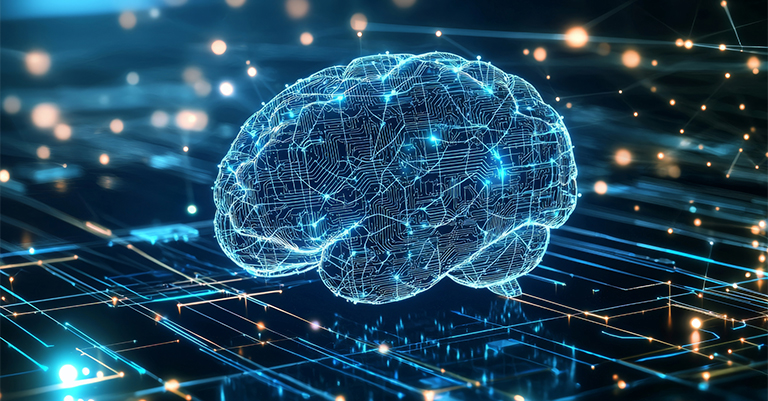
Neurons (Nodes)
Each artificial neuron works like a tiny calculator:
- It receives information from other neurons
- Applies a mathematical formula
- Decides whether to pass along the result
Connections (Weights)
Think of connections like volume knobs on a stereo:
- Strong connections turn up vital information
- Weak connections turn down less key details
- The network adjusts these “knobs” during learning
Activation Functions
These are like the neuron’s decision-makers:
- They determine when a neuron should “fire”
- Help the network learn complex patterns
- Convert calculations into useful outputs
Types of Deep Neural Networks
Convolutional Neural Networks (CNNs)
Think of a CNN as a master art critic who has trained their eye to spot tiny details in paintings. Just like how an art expert first looks at the basic shapes and colors, then studies the finer details, and finally steps back to see the whole picture, CNNs examine images in layers. They start by finding simple edges and shadows, then combine these to spot more complex shapes, and finally piece everything together to recognize entire objects or faces.
When you unlock your phone with your face, a CNN is doing the work. It’s like having a security guard who’s extremely good at remembering faces. First, it looks for basic features like the curve of your eyebrows or the shape of your nose. Then it combines these features to form more complex patterns, like how your eyes and nose work together to make your unique expression. Finally, it puts all these pieces together to decide if the face it sees matches the one it knows.
Recurrent Neural Networks (RNNs)
RNNs work like a skilled novelist who remembers earlier parts of the story while writing new chapters. Imagine an editor who’s reading your story and keeping track of all the characters and plot points. That’s how RNNs handle information that comes in sequences, like words in a sentence or notes in a song.
When you use Google Translate or talk to Siri, you’re working with an RNN. These networks don’t just look at each word alone – they understand context, just like how you know that “bank” means something different in “river bank” versus “bank account.” They remember what came before to make sense of what comes next. It’s like having a conversation with someone who really pays attention to everything you say, not just individual words.
Feedforward Networks
A feedforward network is like an assembly line in a modern factory. Information moves in one direction, from raw materials (input) to finished product (output), with quality checks and refinements along the way. These networks are the simplest type, but they’re incredibly useful for many everyday tasks.
When Netflix suggests movies you might like, it’s often using a feedforward network. The network looks at your viewing history, compares it to patterns it’s learned from millions of other viewers, and makes predictions about what you’ll enjoy next. It’s similar to how an experienced librarian might recommend books based on what you’ve read before, but on a much larger scale. The information flows straight through: your watching history goes in, the network processes it through several layers of analysis, and recommendations come out.
Real-World Application of Deep Neural Networks
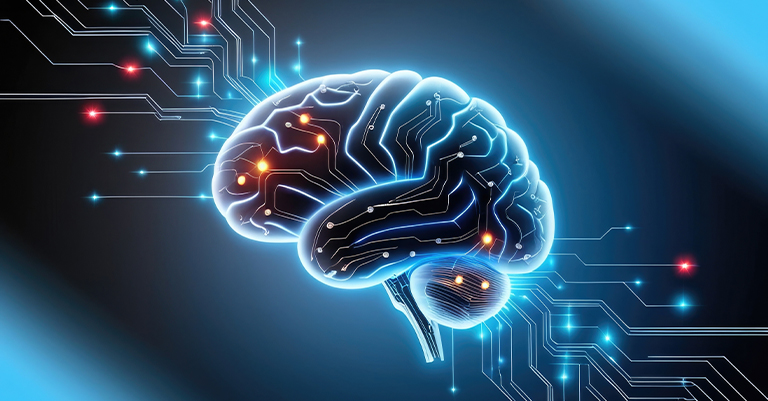
In Your Daily Life
Neural networks are everywhere:
Smartphone Features
Your phone does some amazing things using deep neural networks. When you use Face ID to unlock your phone, it’s like your phone has a super-smart security camera. It knows what you look like and can tell if someone else tries to use your phone. When you talk to Siri or Google Assistant, neural networks help turn your words into text and figure out what you’re asking for. Even when you take photos, neural networks help make them look better by fixing dark spots and making colors brighter.
Entertainment Recommendations
Ever wonder how Netflix knows what shows you might like? It uses neural networks that act like a friend who really knows your taste in movies and TV. These networks pay attention to what you watch, when you watch it, and even when you stop watching something. They’re like a DJ who notices you like upbeat music in the morning and calm songs at night, or a movie buff who sees that you enjoy comedies on weekends and documentaries during the week.
Shopping and Payments
Neural networks help keep your money safe when you shop. When you buy something with your credit card, these networks check if the purchase seems normal for you. It’s like having a careful friend who might say, “Hey, that doesn’t look like something you’d usually buy!” When you shop online at places like Amazon, neural networks help suggest things you might like based on what you’ve bought before, just like a store clerk who remembers what their regular customers enjoy.
In Professional Fields
These networks help experts:
Medical Helper
Doctors use neural networks to help find health problems in X-rays and other medical pictures. Think of these networks as super-careful assistants who can spot tiny details that might be hard to see. They look at thousands of medical images to learn what healthy and unhealthy tissue looks like. It’s like having a helper with a perfect memory who can quickly compare your X-ray to every other X-ray they’ve ever seen.
Money and Markets
Banks and investment companies use neural networks to make smart decisions about money. These networks read news stories, check what people are saying on social media, and look at how prices change over time. It’s like having a super-fast reader who can look through thousands of newspapers in seconds to spot important trends. Banks also use these networks to decide who should get loans by looking at patterns in how people handle their money.
Traffic and Transportation
Self-driving cars use neural networks to stay safe on the road. Imagine having three really good drivers working together: one watches for stop signs and other cars, another tries to guess what other drivers might do, and a third plans the best route to take. Cities also use these networks to control traffic lights and predict traffic jams, kind of like having a traffic cop who can see every street at once.
Benefits and Limitations
Advantages
Neural networks excel at:
- Finding patterns in complex data
- Adapting to current information
- Automating repetitive tasks
- Handling multiple tasks simultaneously
Limitations
They also have challenges:
- Need lots of training data
- Require significant computing power
- Can be hard to understand their decisions
- May learn biases from training data
Future of Deep Neural Networks
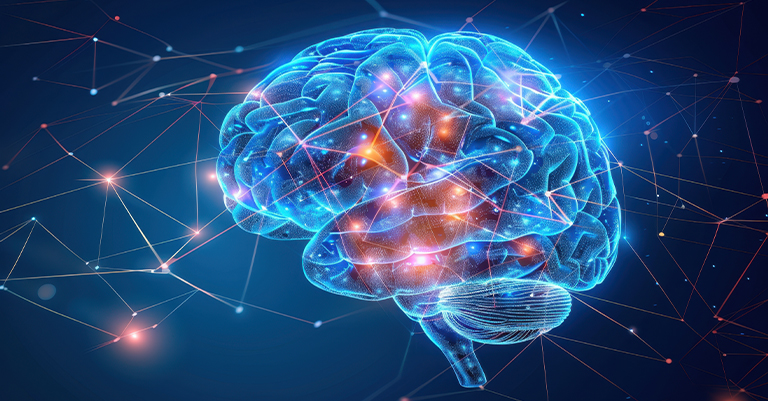
Emerging Trends
The future looks exciting with:
- More efficient training methods
- Better understanding of network decisions
- Smaller, faster networks for mobile devices
- Integration with other AI technologies
Potential Impact
We might see:
- More personalized healthcare
- Smarter cities and homes
- Advanced educational tools
- Environmental protection solutions
Final Thoughts on Deep Neural Networks
Neural networks help us do amazing things every day. They help doctors find health problems, suggest movies you might like, and even help cars drive themselves. These digital helpers are a big part of how we live now.
Sure, they’re not perfect. They need lots of data to learn, and sometimes they make mistakes. But they’re getting better all the time! As we create better tech, neural networks will do even more to help us. You use neural networks more than you might think. Every time you unlock your phone with your face or ask Siri a question, you’re using one. They’re simply tools that make our lives easier and better. And the best part? You don’t need to know how to build them to enjoy using them.

